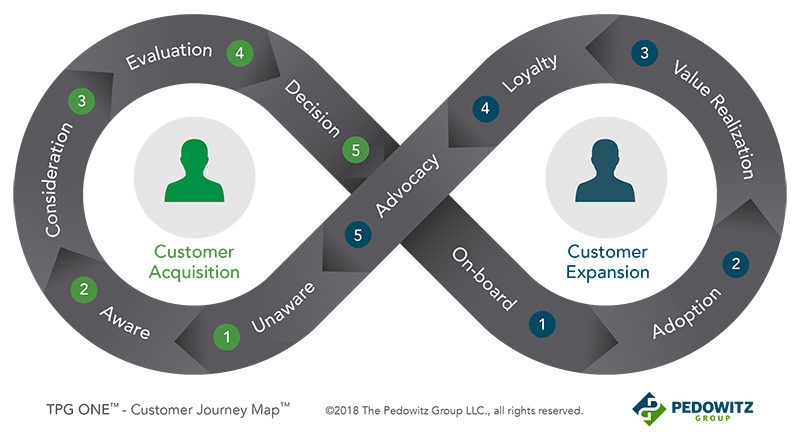 Chief Marketing Officers (CMOs) guide their teams in the development of strategic plans by never taking their eyes of the end goals — revenue, pipeline, market share, share of wallet, etc. Part of the pretext for planning sessions includes exploiting opportunities and helping to address new and burgeoning challenges.
Chief Marketing Officers (CMOs) guide their teams in the development of strategic plans by never taking their eyes of the end goals — revenue, pipeline, market share, share of wallet, etc. Part of the pretext for planning sessions includes exploiting opportunities and helping to address new and burgeoning challenges.
CMOs and Chief Sales Officers (CSO) face many of the same challenges in 2018, but three in particular stand out:
- Accountability for revenue. Obvious for the CSO, but assuming responsibility for driving revenue is a new challenge for many CMOs.
- Digital transformation in their operations. A growing challenge for both CMOs and CSOs, the ability to effectively leverage new technologies is real.
- Shifting from product-centricity to customer-centricity to provide better customer experiences. This urgent challenge impacting CMOs, CSOs and entire organizations demands changes in people, processes, technologies, metrics, content and data.
Can one define a single model or framework to address all three of these challenges? Yes. The criteria that define the model are as follows:
- It must drive the firm to be customer-centric, not product-centric.
- It must enable all functions that interact with the customer to leverage the same model — marketing, sales and support.
- It has to support metrics and analytics on the performance of all functions and enable accountability of their leaders.
- It needs to capture where the buyers are on their journey, so that organizations can adapt and coordinate their behavior towards the buyer based on their journey stage.
- The model should enable assessment of investments in technologies, processes, data, people and content at each stage of the customer journey. In this way, marketing, sales and support can all coordinate and balance their respective investments in the context of acquiring new customers and expanding existing relationships.
Parting Thoughts

If you are still using the old funnel — the half-model — with its four new-customer acquisition stages — awareness, consideration, evaluation and decision — you are under-representing marketing’s influence on your business and failing to align marketing, sales and support.
Here are some final thoughts:
- Ask yourself if your lead funnel is buyer centric; it is most likely seller centric. The buying journey does not end for the buyer with “closed-won,” so why does your funnel end there?
- How much of your sales comes from existing customers? It is likely to be 60% to 80%. Do you have a process to track, measure and influence this flow? No doubt the sales team will share that existing customer sales are completely under control, but do you really believe that marketing and support have no influence on cross-sales and customer expansion? Is it really OK to not set marketing goals for existing customer sales?
- Do you know how much of your technology and data investments target new customer acquisition versus existing customer expansion?
It’s time to add the other half to your model, factor in current customer engagement, recast the language in buyer terms and align marketing with sales and support.
Kevin Joyce is CMO and VP of Strategy Services for The Pedowitz Group. He’s a marketing executive with 34 years of experience in high tech with positions in engineering, marketing and sales. Joyce has successfully launched numerous products and services as Director of Product Marketing at Sequent, Director of Sales at IBM, VP of Marketing at Unicru and as CEO at Rubicon Marketing Group. Connect with Kevin on LinkedIn or email him at [email protected].







